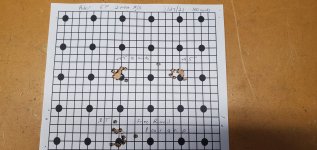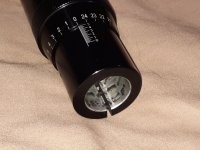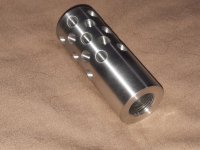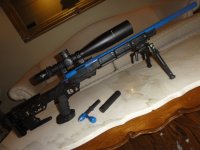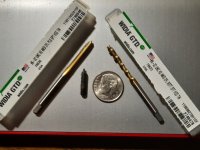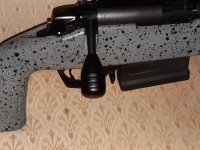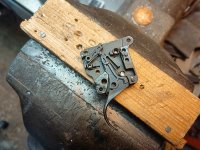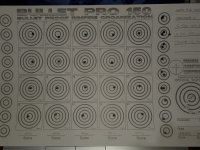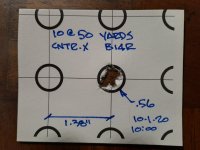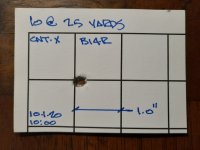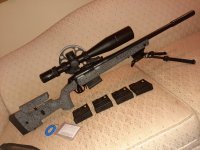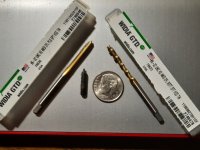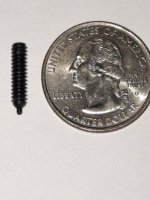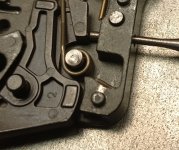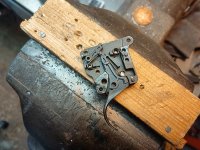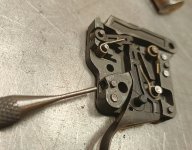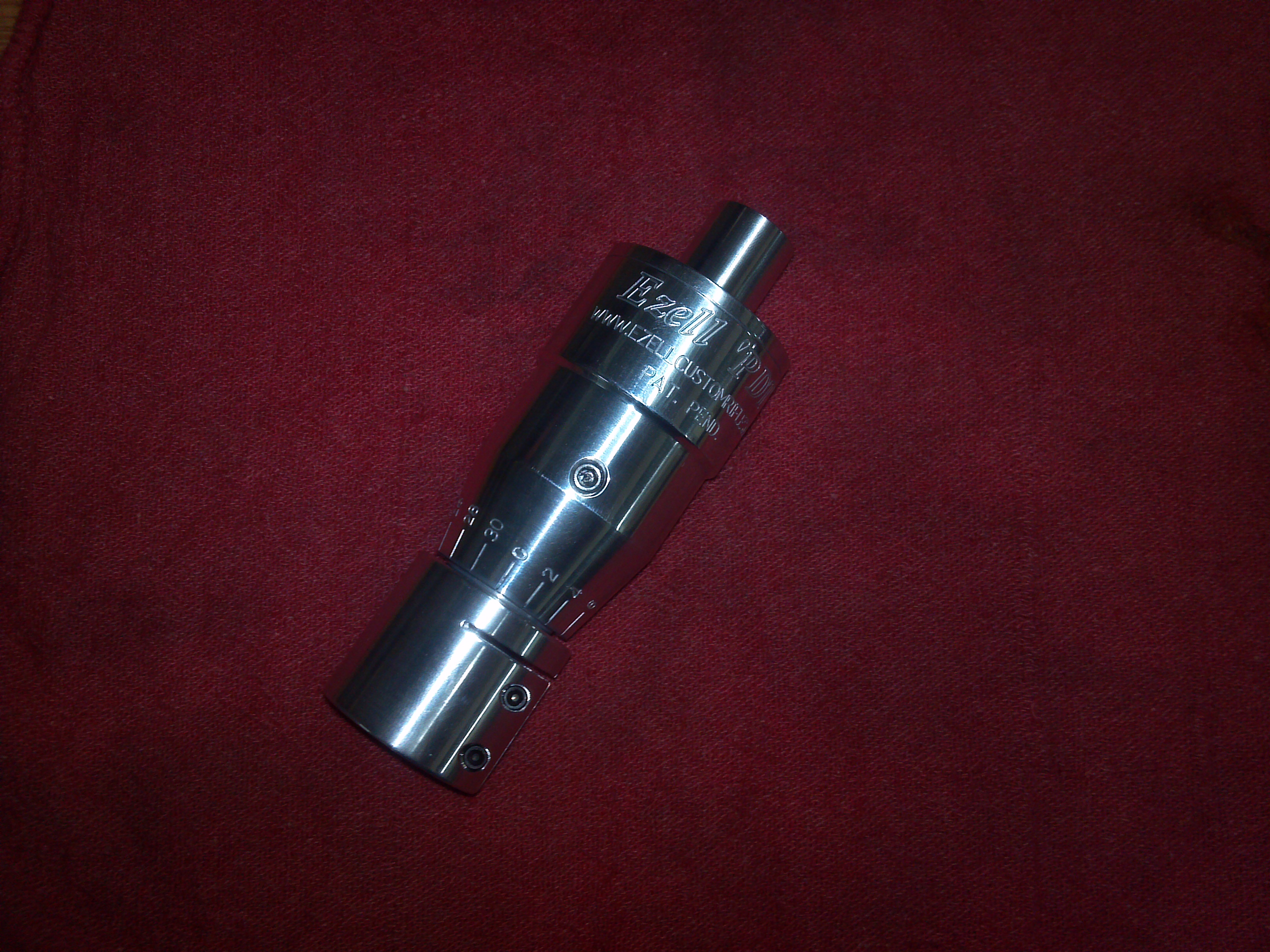I personally would not describe it as being eccentric in nature. It may have some effect on modulating the frequency but
I have never seen any data to prove it. I would suggest that you go to your local big box store or some other
tool supplier and find yourself a
dead blow hammer. A normal hammer will tend to bounce but the dead blow that is filled with
some sort of shot will not. Then if you consider getting a tuner, I would suggest trying the Ezell tuner. It is nearly the same as the
Harrel tuner but Mike has tried to incorporate PID technology. If you go to his web site you will find a thesis done at Texas A&M
regarding PDT & PDT. It wasn't done for Mike but is a general thesis of PDT in the horizontal plane! You wont understand the thesis
but after a fair amount of digging on my part, I believe that Mike has the minimum required to incorporate PDT into his tuner.
Does it work ?? I don't know !
But he has the concept nailed down and it is so similar to the Harrel tuner that you lose nothing if it has been over sold.
All he has done is add nine holes going down the long axis of his tuner
and filled them with some sort of particles. You can see the 9 holes in the unfinished parts shown on his web site. It's
purely a guess but I would think he used Wolfram ( Tungsten ) for his media. It's easy to get, relatively inexpensive and has good
density. It's the first thing I would have tried. So to my way of thinking, he has used the dead blow hammer technology in
his tuner. Hit the dead blow hammer on the concrete floor and you will see how the particles inside suck up almost all of the energy.
My description isn't nearly as COOL as the thesis, but the average guy can wrap his mind around it. The Ezell tuner also ffers addition weight do to it's dense particulates.
As for the threaded question, I had my Harrel bored out to .860" for one particular gun. Then I had the local shop make me a
false muzzle brake. It's false in terms that the vent holes don't go through. I had them make it's outer diameter .860" and had
them thread it for 1/2-28. That way I could clamp the Harrel onto the unthreaded barrel and use my fake-brake for all of
my 1/2-28 barrels. If I do it again with a Ezell tuner, I will do the same thing except I will forgo the fake vent holes, make it about
1.25 long and have them add wrench flats. It cost me $35.00 but allowed me to move the tuner all over. All I needed to do is
keep my tuner DOPE for each rifle. You can see the tuner has a micrometer type design so It's easy to get back to any preestablished
setting.
I only use my tuner on .22LR and it goes on everything from my Vudoo with a 22" bbl, my CZ457s, Anschutz 64s, 54 and
Sako Quad Range.
btw.... if the vent holes went through, the back side of your tuner would be covered in smuutz in just a few shots. It
doesn't like to come off.
Interesting. Ok thank you!
